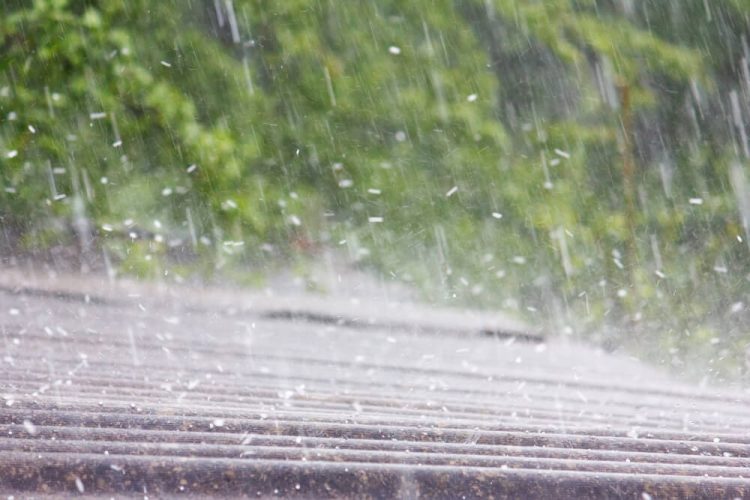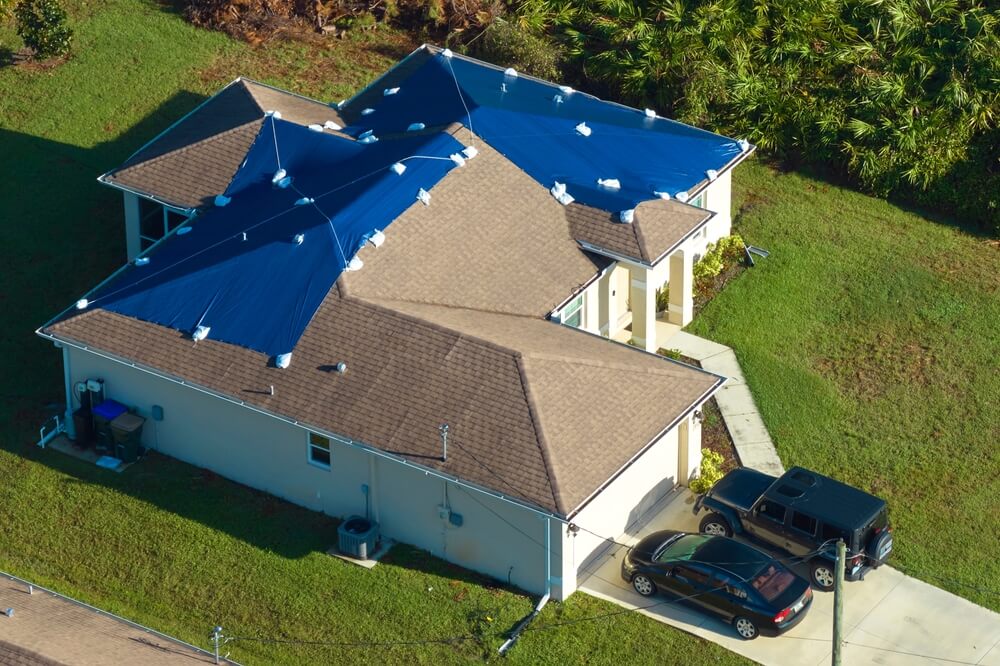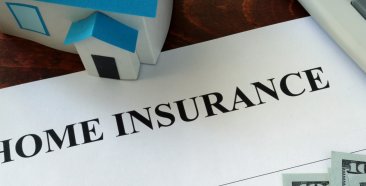
Between damaged roofs, broken windows, and cracked windshields, hail has always been a major concern for homeowners. Hail insurance provides a valuable safety net designed to limit the impact of these pesky storms. In recent years, however, inclement weather has become increasingly erratic, pushing traditional policies to their limits. So, what can you do to protect your property from frozen rain? And does homeowners insurance cover hail damage to help you pay for any damages?
By learning about the impact of changing storm patterns in your area, you can plan ahead with your homeowners insurance to keep your property safe.
Overview of Hail Storms in the Current Climate
If you’ve noticed hailstorms on the rise in your area, you aren’t alone. With thousands of severe storms occurring in the United States each year, weather-related damage is becoming commonplace. Even if you don’t live in an area that’s usually at risk for inclement weather, that could start changing in the coming years.
If you live in a storm-heavy area, you’ll need to pay even closer attention to changing weather patterns. Along with more frequent freezing rain, you’ll also have to worry about hailstones getting larger and more damaging to your property.
When Hail Freezes Over: Unpacking the Increased Risks
Any kind of storm can cause potential damage to your property. People may not know how to drive safely in the rain, leading to more accidents on the road. Extreme wind can blow debris around, and excessive rain can cause flooding. But when that rain starts freezing and turns to sleet, the risks multiply. Hailstones can pack a major punch, damaging everything from your car to your roof. Those damages can multiply when the ice melts and refreezes. It’s easy to see why hail-related issues make up 45.5% of all homeowners claims.
Assessing the Impact: Hail Damage on Homes and Properties
Along with hailstorms becoming more common, repair costs are also rising. Because of inflation and the rising cost of certain goods and services, fixing storm damage has become much more expensive. A report from CoreLogic’s 2025 Severe Convective Storm Risk Report discovered that major hail impacted over half a million homes. Those damages quickly added up, accumulating over $160 billion in repairs.

Reinforcing Defenses: Protective Measures for Residential Areas
Disaster preparedness is critical if you want to save money on repairing storm-related damage. Just a few basic steps can help you avoid expensive repairs.
Start with simple preventative maintenance. Making sure your roof is in good shape can minimize damage when ice comes falling. Conduct regular inspections so you can fix any small issues before a storm strikes and they become big problems. It also helps if you keep your trees trimmed to prevent falling branches from adding to the hail damage.
You can also reinforce your home by adding storm shutters to protect your windows and storing away any valuable outdoor items. And before you batten down the hatches to wait out the storm, remember to park your car in a covered area.
The Financial Aspect: Insurance and Risk Management Strategies
Having homeowners insurance is the best way to protect your property from storm-related hazards, including hail, wind, and beyond. But when hail damage does occur, does home insurance cover hail to help decrease the financial impact of these repairs? Ultimately, it depends. Storm damage is included in many standard homeowners policies. If you need to repair your roof or fix other damages, you’ll typically be able to make a claim. However, with costs on the rise, that may change.
How Are Increasing Convective Storms Affecting Homeowners’ Policies?
Many insurers are narrowing their coverage for hailstorms due to the increase in risk. The average hail claim costs $11,695. To make up for this cost, insurers may raise premiums or even add exclusions for hail, especially in areas that experience frequent storms with high hail activity.
This isn’t exclusive to hailstorms, either. If you have a home in Tornado Alley, for example, your policy could have limited tornado coverage. It’s important to talk to your insurer about what their standard policies cover and what kinds of weather-related exclusions you can expect.
Luckily, you can typically get a rider or additional storm coverage to give you extra protection from hailstorms. Extra hailstorm coverage can be a great way to give yourself peace of mind and reduce repair costs when storms damage your roof, windows, or exterior walls.
Even if your plan does cover hailstorms, you’ll most likely have a deductible to pay. Some providers offer additional coverage that you can use to pay for your deductible or fill in other coverage gaps. This will reduce your out-of-pocket costs, so you don’t have to dig into your savings to kickstart repairs.
Stay Protected from the Unexpected — Get Home Insurance with Freeway Today
Hail is becoming a more common problem for people across the nation, especially in stormy areas. By taking proper precautions to protect against weather damage, you can avoid some of the most expensive hail-related repairs. When hailstorms strike unexpectedly, however, it’s important to have a homeowners policy that will help you pay for costly repairs. Although some insurers are adding limits to hailstorm policies, adding extra coverage to your homeowners policy is a great way to protect yourself and plan ahead.
If you need an affordable homeowners plan that will be there for you when rain and ice start falling, get started with Freeway Insurance. At Freeway, you can find reliable hail coverage for your car and home, so you’ll be fully protected regardless of how the weather changes. Secure your plan today by visiting a Freeway Insurance office nearby, calling 800-777-5620, or getting a free quote online to chat about your hailstorm coverage options.



